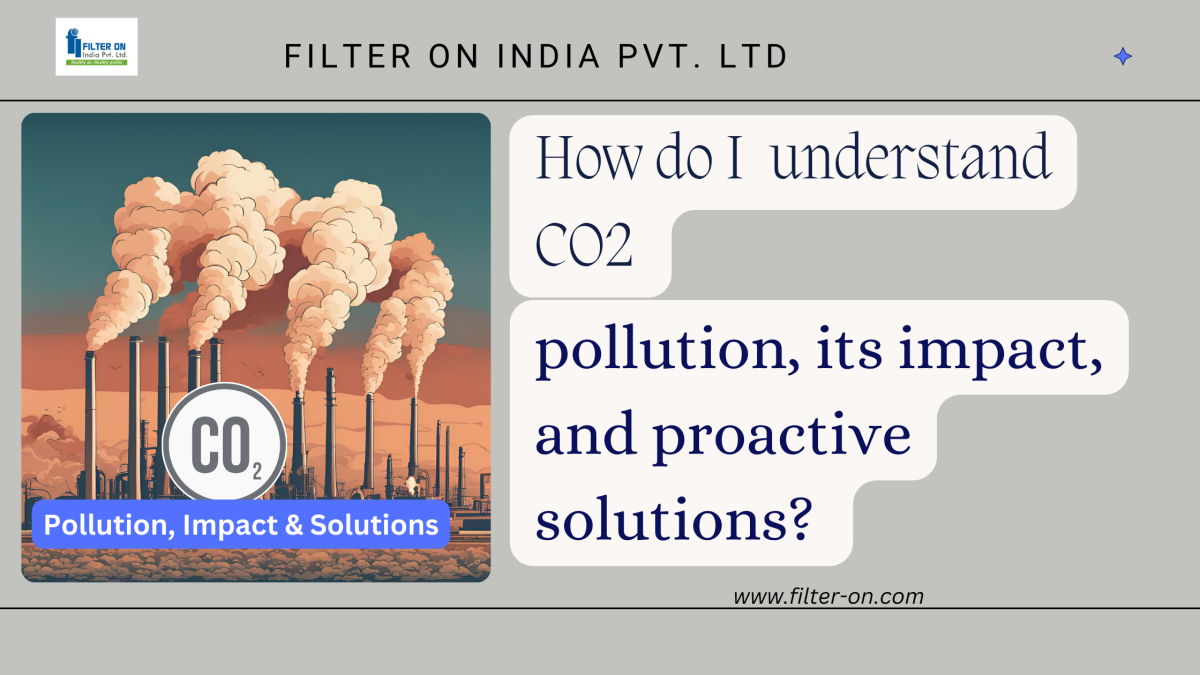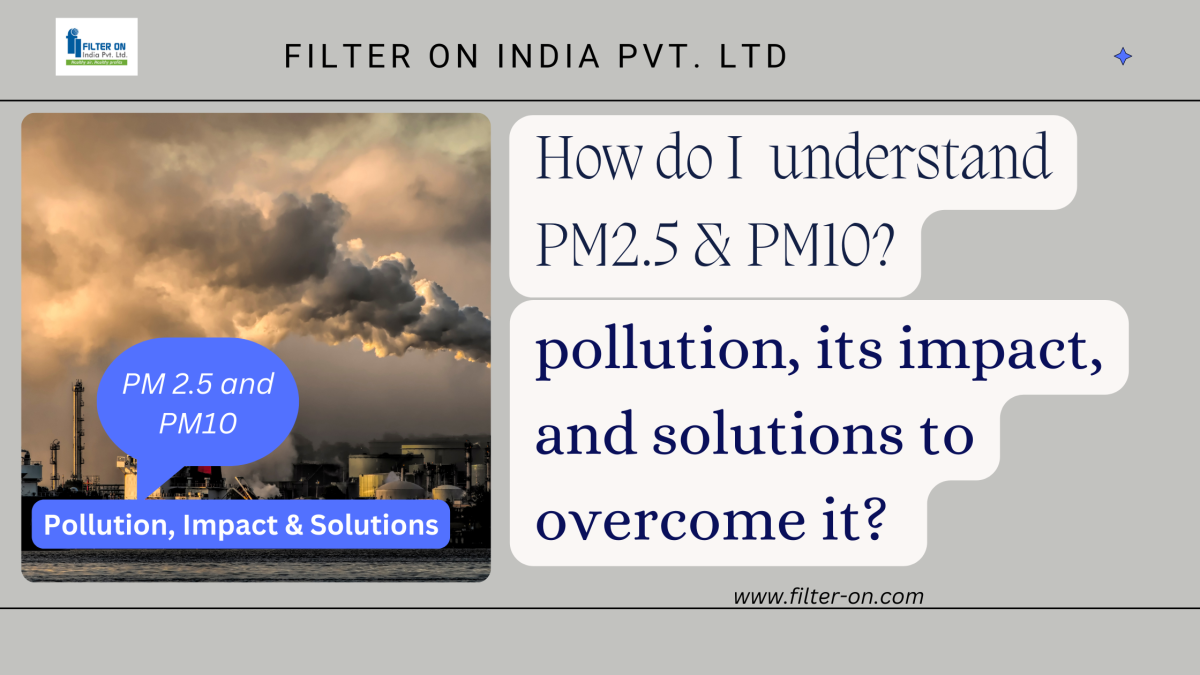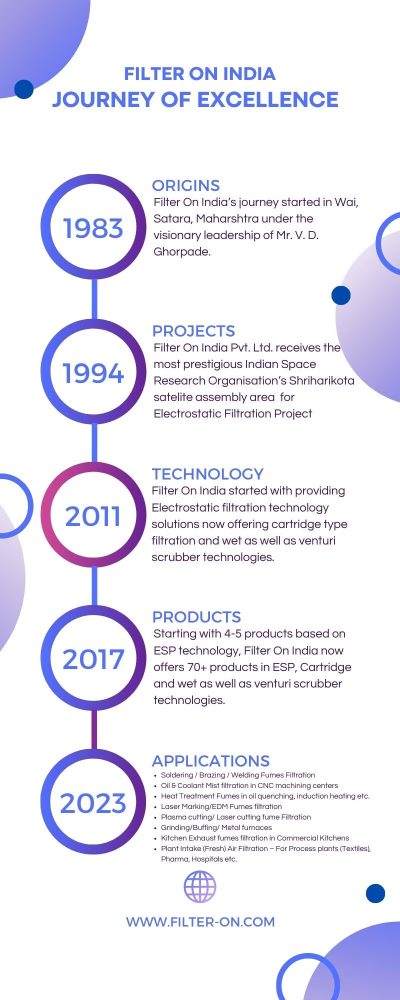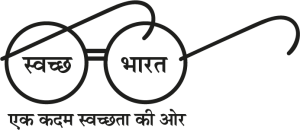Understanding CO2: Pollution, Impact And Proactive Solutions.
- filterontest
- January 11, 2024
- 2:01 pm
- No Comments
In today’s world, air pollution is a huge and serious issue. Alarming sea levels and the effects of global warming are seen everywhere. Carbon dioxide (CO2) is a major pollutant among all pollutants. It’s effects on the health and environment are problematic in nature. When we talk about industrial pollution, it is one of the problems as well, so in this article, we’ll discuss CO2 and the role of CO2 in air pollution. Its impact on industrial workers as well as industries, the environment, preventive measures, compliance, etc.
What is CO2?
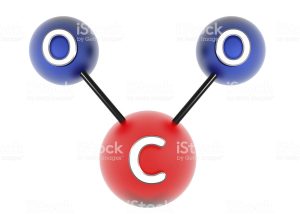
Carbon dioxide is a chemical compound with the chemical formula CO2. It is made up of molecules that each have one carbon atom covalently double-bonded to two oxygen atoms.
CO2 as a Pollutant
Carbon dioxide is a major pollutant in air pollution. When talking about air pollution, this greenhouse gas has a major portion in it.
Sources of CO2 Pollution in the Industrial Indoor Work Environment
There are numerous sources of CO2 pollution. We are here discussing CO2 and its effects on the workplace environment and workers health.
There are mainly four types of sources of CO2 often seen in the indoor industrial environment.
Respiration from employees.
Burning of fuels
Industrial Operations
Goods Transportation
Respiration from Employees
In a close work environment, mostly in offices, CO2 is mostly generated by respiration among the employees.
Burning of Fossil Fuels
The burning of fossil fuels for the operation of machinery is another way of generating CO2, and if there is low ventilation, the CO2 can be hazardous to the workers.
Industrial Operations-
Industrial operations, i.e., processes like welding, cutting, and brazing of metals, generate CO2 because fumes from these processes are more hazardous to the health of the workers. These processes produce more CO2, and without proper ventilation and fume collection systems, in most of the industries, workers face various health issues due to CO2 pollution.
Goods Movement-
Goods movement or transportation in a closed environment where trucks and cranes are used for goods movement in large premises generates CO2 generated through vehicles, which is harmful for the workers and employees who used to work there.
Thus, CO2 as a pollutant plays a major role in industrial indoor air pollution.
Impact of Carbon Dioxide (CO2) on Health:
Short-Term Health Effects:
Exposure to high carbon dioxide levels can cause:
Suffocation by displacement of air: The suffocation-exposed person has no warning and cannot sense the oxygen level is too low, so it leads to a breathing issue.
Incapacitation and unconsciousness: At high concentrations, carbon dioxide can cause unconsciousness and respiratory arrest within one minute.
Headaches: Excessive amounts of carbon dioxide inhalation can cause headaches.
Vertigo and double vision: Carbon dioxide exposure can cause vertigo and double vision. At high levels of exposure, the carbon dioxide itself can cause vertigo, dizziness, nausea, and other symptoms like double vision.
Inability to concentrate: High exposure levels of CO2 lead to concentration problems while working; suffocating environments can cause an inability to concentrate, which results in productivity loss.
Tinnitus: According to one study, chronic tinnitus is related to multisensory environmental hypersensitivity, including CO2 thresholds. Another study reports that tinnitus has been reported in hearing loss secondary to carbon monoxide poisoning.
Seizures: Carbon dioxide (CO2) can increase brain excitability, which can lead to spontaneous seizures.
Breathing in high amounts of carbon dioxide may be life-threatening.
Touching liquid carbon dioxide can cause frostbite or blisters.
Carbon dioxide can cause frostbite when anyone is in contact with solid CO2 (dry ice) and vapors off-gassing from dry ice.
These frostbite blisters on the skin may begin to feel warm—a sign of serious skin involvement. If you treat frostbite with rewarming at this stage, the surface of the skin may appear mottled. And you may notice stinging, burning, and swelling. A fluid-filled blister may appear 12 to 36 hours after rewarming the skin.
Long-Term Health Effects:
Prolonged exposure to carbon dioxide may cause:
Changes in bone calcium-induced respiratory acidosis induced by an elevated carbon dioxide (CO2) environment should provoke hypercalciuria with related total body and subsequent bone calcium losses. often leads to osteoporosis.
Changes in body metabolism: In the human body, carbon dioxide is formed intracellularly as a byproduct of metabolism.
Levels of CO2 Exposure to Health



